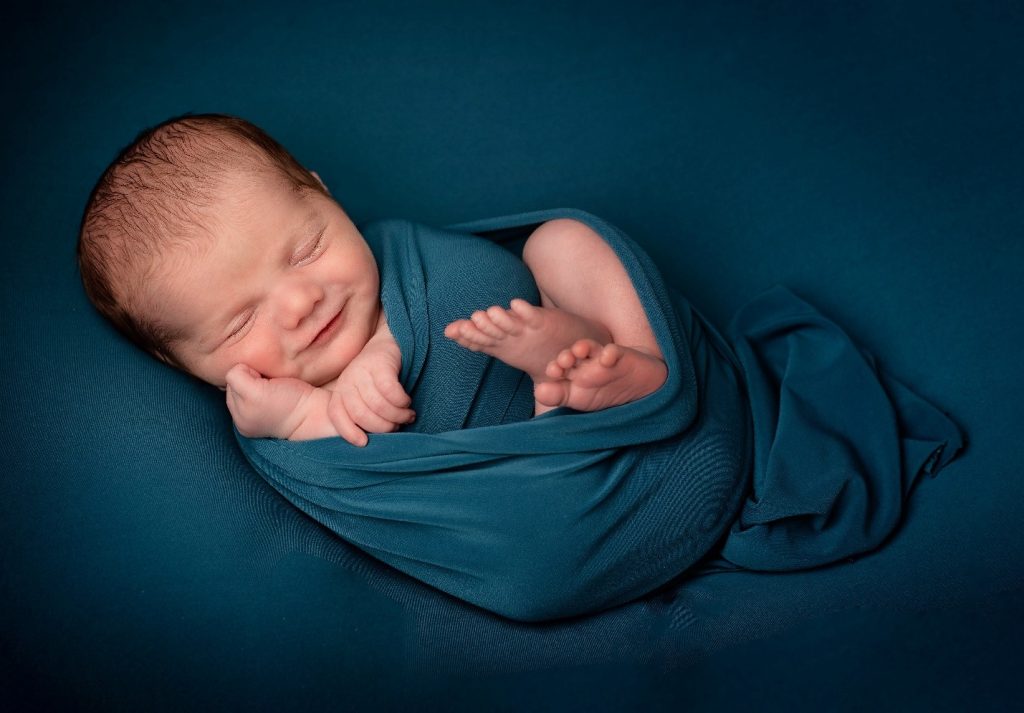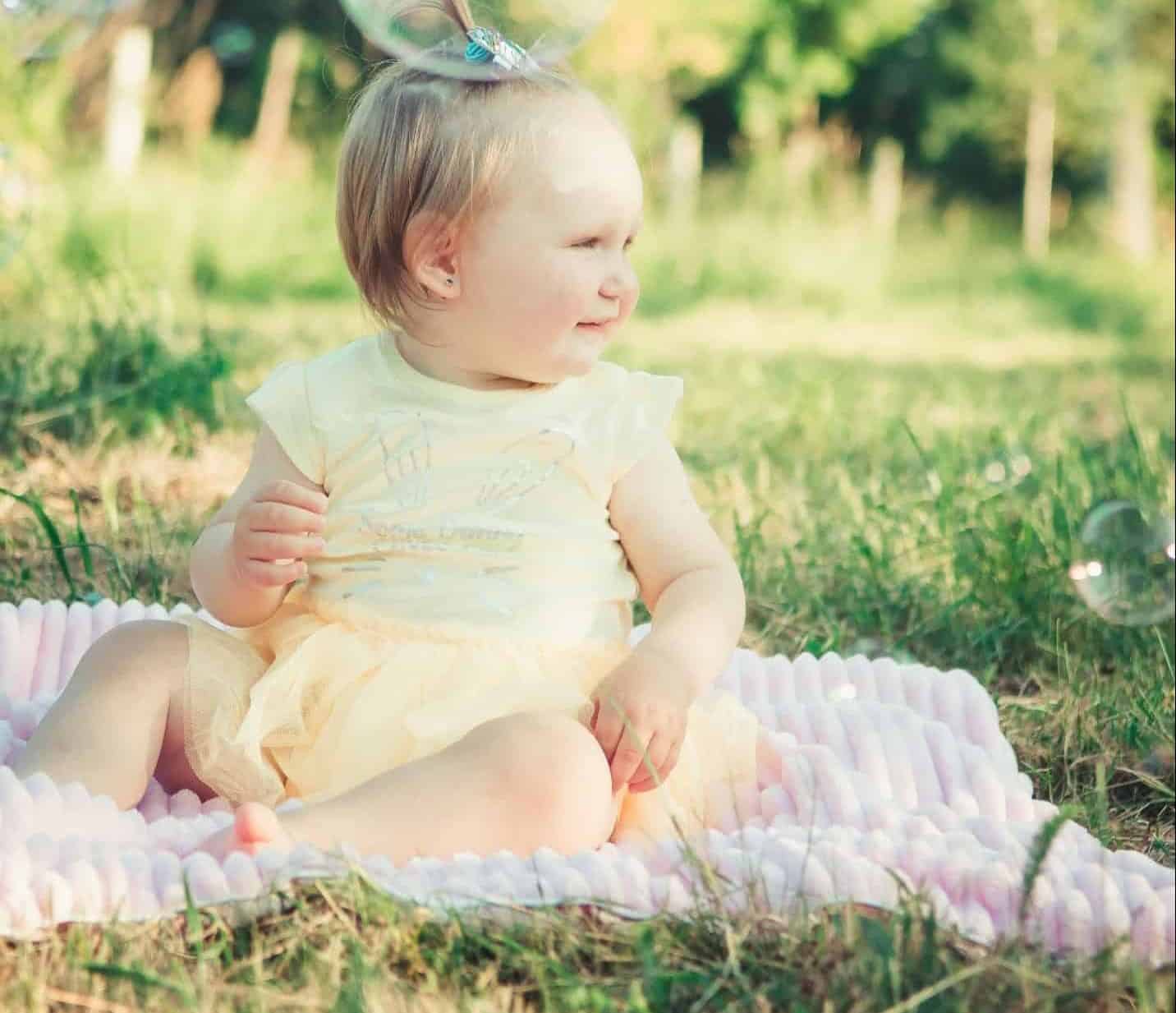Becoming a new parent means learning about all the things your baby will ever need – things you may not have even considered. For example, you might want to learn about the different types of blankets. One of the most important blankets your baby will need will be the receiving blanket. It is commonly the first type of blanket your baby will be using for the first few months. As important as they are, you might be wondering how many receiving blankets you would need.
Ultimately, there would be three primary reasons that would dictate how many receiving blankets you would need. You would need to consider how often you do the laundry, how you use receiving blankets, and what the temperature is like in your area. For an average use case, having 3-4 receiving blankets can be a good start. That number can then be adjusted afterward as you see fit.
This article will primarily discuss receiving blankets, swaddling, and the different factors to consider deciding how many receiving blankets you should get.
What is a Receiving Blanket

A receiving blanket is a thin blanket often made of soft fabrics such as muslin, flannel, or cotton. As its name implies, this is commonly the blanket that wraps a baby before being presented to the parents. The easiest association is the blankets that hospitals used for wrapping babies.
Since receiving blankets are not standardized, you should be able to find them at around 30 inches by 30-40 inches. While some could be large squares, others can come rectangular.
While discussing receiving blankets, some parents often consider receiving blankets synonymously to swaddle blankets. While there may be some overlap, there are certain distinctions between receiving blankets and swaddling blankets.
Firstly, swaddling blankets are purposely designed for swaddling. Swaddling is a traditional technique of tightly wrapping a baby in a blanket. Swaddling is said to help comfort the baby as the tight snugness of the swaddle imitates the womb’s warmth and embrace. According to claims, the benefits of swaddling can include calming the baby and promoting better sleep for the baby.
Thus, swaddle blankets are designed for a particular function. On the other hand, a receiving blanket can be considered to be a more general, all-purpose blanket that will undoubtedly come in handy during the first few months of the baby’s life.
While function is the primary distinction between a receiving blanket and a swaddle blanket, the form can also differ. One can purchase swaddle blankets that come in the exact same dimensions as a typical receiving blanket. In fact, receiving blankets can easily be used for swaddling babies as well.
However, there are some blankets specifically designed for swaddling. These swaddle blankets can come in different shapes, as well as accessories to help keep the swaddle tight such as Velcro, fasteners, flaps, and pockets. Some parents also believe receiving blankets are somewhat thinner than swaddling blankets.
Since receiving blankets can be used in more general applications compared to specialized swaddle blankets, receiving blankets can be more practical to have. Thus, it should come to reason that you should be prepared with a few receiving blankets. However, there are certain factors to consider in determining how many you should need.
How Many Receiving Blankets Do I Need
To determine how many receiving blankets you should get for your baby’s first few months, here are a few factors to consider.
-
Laundry Frequency
The first factor to consider when deciding how many receiving blankets you should get is how often you do the laundry. For people who do the laundry weekly, then you should take into consideration how many receiving blankets you would be needing in a week. If you happen to do laundry for periods longer than a week, then you should be sure to have enough receiving blankets until the next time you do laundry.
For a week’s worth of time, a good number to start with would be 3-4 receiving blankets. One can always start with this number and adjust afterward. Thus, you should consider getting 6-8 receiving blankets if you happen to do the laundry twice a month.
It also helps if you have a washing machine in your own home. Having the luxury of being able to do laundry at any time can also ease the risk of running out of receiving blankets.
-
Usage

Understandably, you’d also need to consider how much you’ll be using receiving blankets. Since receiving blankets are quite generic in function, it should come to reason that you’d need more receiving blankets if you find yourself using them more.
For example, receiving blankets are great blankets to wrap babies in. As mentioned, receiving blankets can be used to swaddle babies just like swaddling blankets. Moreover, parents can also use receiving blankets to wrap their babies after giving them a bath. Wrapping them in a receiving blanket can help the baby retain their body warmth after a bath.
With their large size, receiving blankets are also often used as a clean surface. For example, parents can use a receiving blanket when changing their babies’ diapers out in public facilities. All they would have to do is lay a receiving blanket on a counter to ensure that they would be laying their baby on a clean surface. They can even lay a receiving blanket on the floor to make a play mat when visiting other people’s homes. Receiving blankets can also be laid on the grass.
Receiving blankets can also offer sufficient cover. For one, keeping a receiving blanket in the stroller can come in handy when in need of extra cover against the sun or against a light shower. Additionally, receiving blankets can also offer privacy when breastfeeding outside the home.
Lastly, receiving blankets are especially handy for preventing messes. Some parents recommend placing a receiving blanket on the baby when bottle-feeding as a way to catch spilled milk. Parents can also use receiving blankets on their shoulders when burping their babies.
Therefore, you will have to take into account how you would use the receiving blanket for your baby. You might also want to consider the frequency of use. For example, some parents say that they would run through one receiving blanket a day during the first few weeks of their baby’s life.
-
Temperature
Blankets are always good to have around for temperature regulation. Thus, you should consider the climate of where you live. It stands to reason that you might want to have an extra one or two receiving blankets if you live somewhere cold compared to somewhere more tropical.
However, you might also want to look into thicker blankets if you do happen to live somewhere colder. If you live somewhere that has the four seasons, then take into consideration what season your baby will be living through their first few months. If your baby will be born in the autumn or winter, then it would be wise to prepare extra blankets at home.